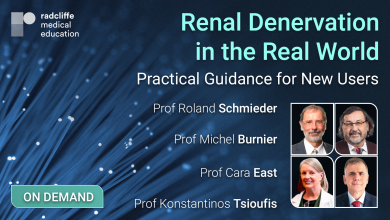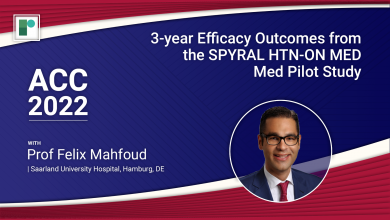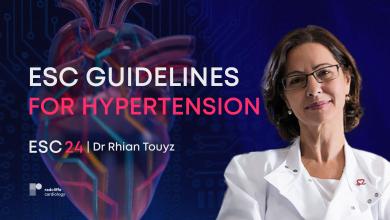Hypertension Management
Renal Denervation Provides a Complementary Treatment Option
Click Here to Download the ESH Guidelines RDN Summary
There are currently 1.28 million adults with hypertension globally.1 Uncontrolled hypertension affects approximately 10% to 30% of these individuals and is associated with an increased risk of cardiovascular events, such as stroke, myocardial infarction, heart failure, and cardiovascular mortality.2 In Europe, hypertension (HTN) is defined as in-office systolic blood pressure (SBP) values ≥140 mmHg and/or diastolic blood pressure (DBP) values ≥90 mmHg. The goal of managing HTN in Europe is to lower office SBP to <140/90 mmHg, and, if treatment is well tolerated, to <130/80 mmHg. Even small reductions in blood pressure can lead to significant risk reduction. Each 10mmHg reduction in office SBP provides a 20% reduction in relative risk of major adverse cardiovascular events (MACE) and a 27% reduction in risk of stroke.3
Lowering BP through the use of antiHTN drugs has been shown to reduce the risk for CV morbidity and all-cause mortality, however, BP control rates remain poor worldwide. Renal denervation is a minimally invasive procedure that targets the nerves surrounding the renal artery. Radiofrequency (RF) renal denervation provides controlled and targeted energy which safely disrupts the overactive sympathetic signalling between the kidneys and the brain to reduce blood pressure.4
Several clinical trials have evaluated the safety and efficacy of radiofrequency renal denervation for the treatment of uncontrolled hypertension reporting safe and clinically meaningful blood pressure reduction.5,6,7 RF renal denervation has demonstrated sustained BP reductions out to 3 years in over 2,000 patients and out to 9 years in independent research.
Consensus documents from the European Society of Hypertension and a joint statement from the ESC Council on Hypertension and European Association of Percutaneous Cardiovascular Intervention (EAPCI) support RDN as an evidence-based treatment option for uncontrolled hypertensive patients.
This section is supported by Medtronic













